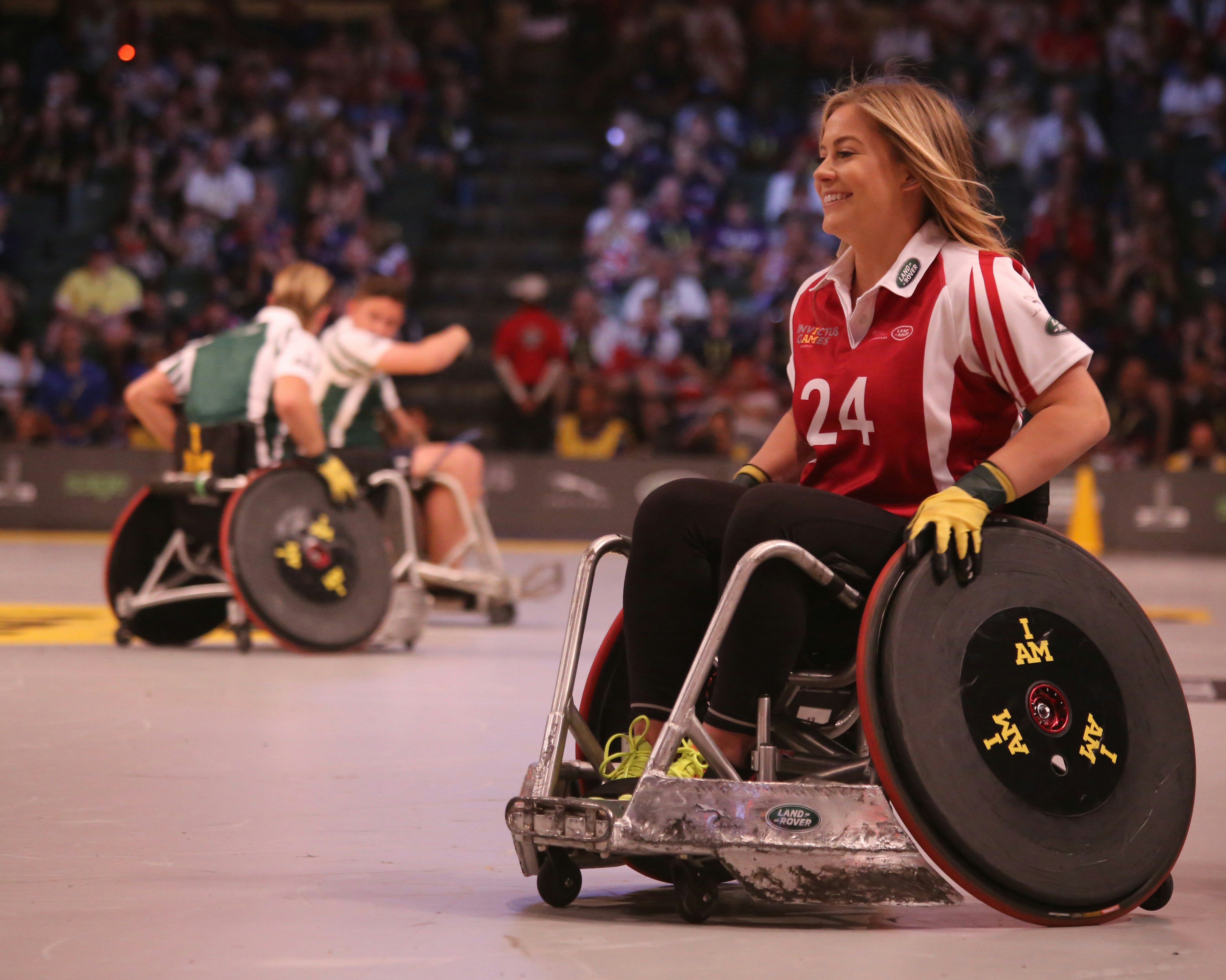Breaking Barriers: The Rise of Adaptive Sports in the U.S.
Adaptive sports are gaining ground in the United States, providing athletes with disabilities a platform to showcase their skills and determination. Read below to learn more about the rise of adaptive sports and their impact on athletes and society as a whole.

The Emergence of Adaptive Sports
Adaptive sports, also known as parasports, have experienced significant growth over the past few decades. These sports adapt traditional games to accommodate athletes with physical, sensory, or intellectual disabilities, allowing them to compete on an equal footing. The Paralympic Games, the pinnacle of adaptive sports, have seen a surge in popularity and recognition, demonstrating the increasing acceptance and appreciation of these sports.
The Impact on Athletes
Participation in adaptive sports has profound effects on athletes. It helps improve their physical health and fitness, enhances their self-esteem, and fosters a sense of belonging. Athletes often report that adaptive sports provide a therapeutic outlet, helping them cope with their disability. Moreover, the competitive nature of these sports enables athletes to push their limits, fostering resilience and determination.
The Role of Technology
The advancement of technology has played a crucial role in the evolution of adaptive sports. Prosthetics and assistive devices have become more sophisticated, enabling athletes to perform at higher levels. Wheelchair technology, for instance, has seen significant improvements, with sports wheelchairs now designed for specific sports like basketball or racing, enhancing performance and safety.
The Societal Impact
Adaptive sports have a broader societal impact as well. They challenge stereotypes about disability and demonstrate that athletes with disabilities are as capable and competitive as their able-bodied counterparts. This helps in promoting inclusivity and diversity in sports and society. Moreover, the visibility of adaptive sports can inspire others with disabilities to take up sports, further promoting the benefits of physical activity.
The Future of Adaptive Sports
The future of adaptive sports looks promising. With increasing recognition and support, more opportunities are being created for athletes with disabilities. In addition, the ongoing advancement in technology and equipment will continue to enhance athletes’ performance and safety. However, there is still much work to be done, particularly in terms of accessibility and funding, to ensure that adaptive sports can reach their full potential.
Useful Tips and Facts:
- Adaptive sports can be both recreational and competitive, with events ranging from local community games to international competitions like the Paralympics.
- Many organizations, such as the Adaptive Sports USA and Disabled Sports USA, offer resources and support for athletes with disabilities.
- There are adaptive versions of many traditional sports, including basketball, soccer, tennis, and skiing.
In conclusion, the rise of adaptive sports in the U.S. has been transformative, breaking barriers and challenging societal norms. These sports provide a platform for athletes with disabilities to showcase their skills and determination, while also promoting inclusivity and diversity. With ongoing support and advancements in technology, the future of adaptive sports looks promising, poised to continue its positive impact on athletes and society.




